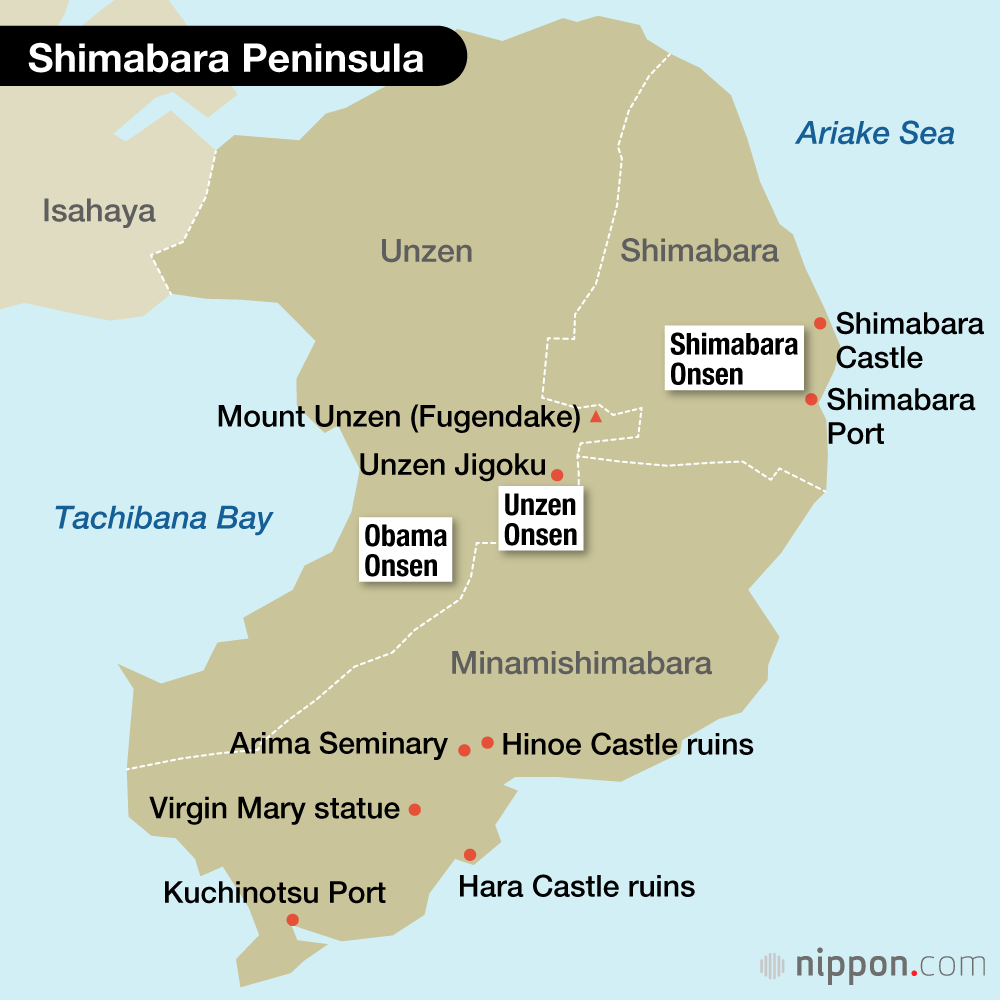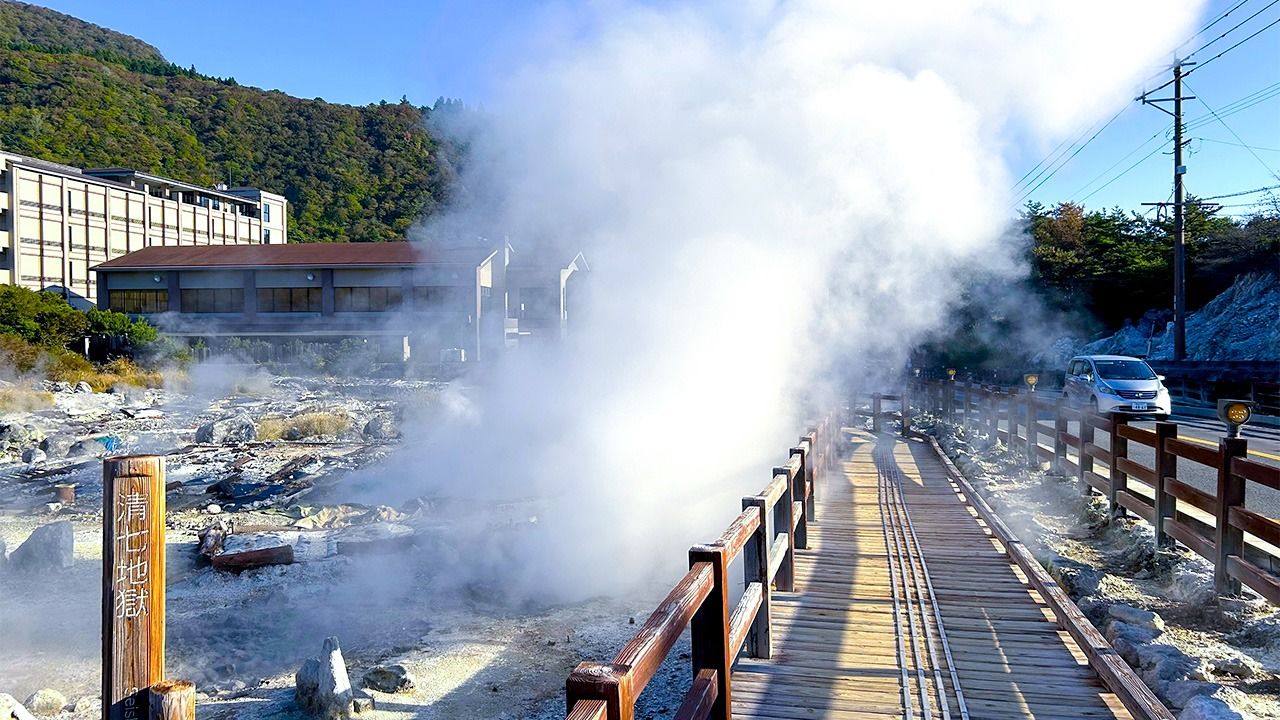
Nagasaki Sites Associated with Endō Shūsaku’s “Silence”
Shimabara and the Suppression of Christianity in Japan
History Culture Society Travel Guide to Japan- English
- 日本語
- 简体字
- 繁體字
- Français
- Español
- العربية
- Русский
Embraced, Banned, then Oppressed
A shocking aspect of Endō Shūsaku’s novel Chinmoku (trans. by William Johnston as Silence) is the depiction of torture of Christians in seventeenth-century Japan. The book describes three historical torture techniques: water crucifixion, anazuri (literally. “hole-hanging”), and boiling-water torture.
Why on earth were these peasant farmers, who were not criminals, subjected to such torture and forced to apostatize? What motivated the lawmakers of the time to prohibit Christianity?
Francis Xavier arrived in Satsuma (modern Kagoshima Prefecture) in 1549, hoping to share the gospel in Japan. Powerful warlord Oda Nobunaga initially protected Christians, allowing the construction of churches and seminaries in Kyoto and Azuchi. But Nobunaga had ulterior motives: he aimed to repress Buddhist influence, and to procure the weapons (guns and gunpowder) as well as knowledge about raw silk, astronomy, and other fields that were only available through trade with Portugal and Spain.
Christianity spread across Japan, as far north as Matsumae (now southern Hokkaidō), and it flourished in Nagasaki. Feudal lord Ōmura Sumitada was baptized, becoming the first Christian daimyō, and opening the port of Nagasaki to foreign trade. Over 10 Christian churches and hospitals were constructed, earning Nagasaki the moniker “the Rome of Japan.”
After Nobunaga’s death, power shifted into the hands of Toyotomi Hideyoshi, who was initially sympathetic to Christianity, and even allowed a church to be built near his stronghold, Osaka Castle. But in 1596, an incident occurred that led him to drastically change his policy.
The Spanish ship San Felipe, en route from the Philippines to Mexico, suffered serious damage in a series of typhoons and drifted ashore in Tosa (modern-day Kōchi Prefecture). Under interrogation, the ship’s crew responded that Spain was a world power that dispatched missionaries to convert the local population before occupying countries. This set Hideyoshi against Christianity and led to the crucifixion and martyrdom of 26 priests and believers in Nagasaki in 1597.
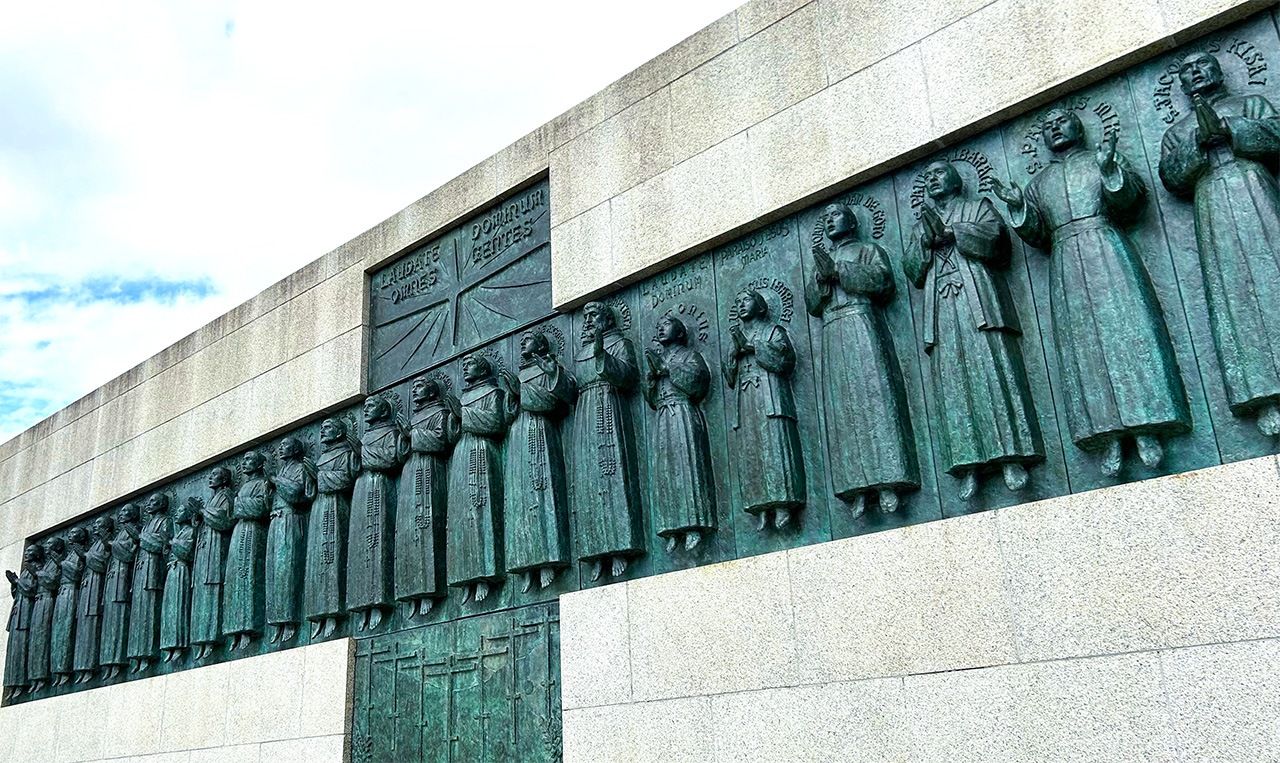
Memorial to the Martyrdom of the 26 Saints of Japan, in Nishizaka Park, central Nagasaki. (© Amano Hisaki)
Tokugawa Ieyasu, who established the Edo shogunate in 1603, also issued prohibition orders, expelling missionaries from Japan. In 1637, the Christian Amakusa Shirō led a peasants’ revolt, the Shimabara Rebellion, which caused Iemitsu, the third Tokugawa shōgun, to strengthen the prohibition of Christianity and to largely close Japan to the West. Endō’s novel Silence is set in precisely this period.
Persecution by a Former Christian
Missionaries and believers at this time were not tortured immediately. First, they were ordered to trample on a paper or wooden image of the Virgin Mary (fumie), and those who acquiesced, apostatized, and became Buddhist parishioners were acquitted.
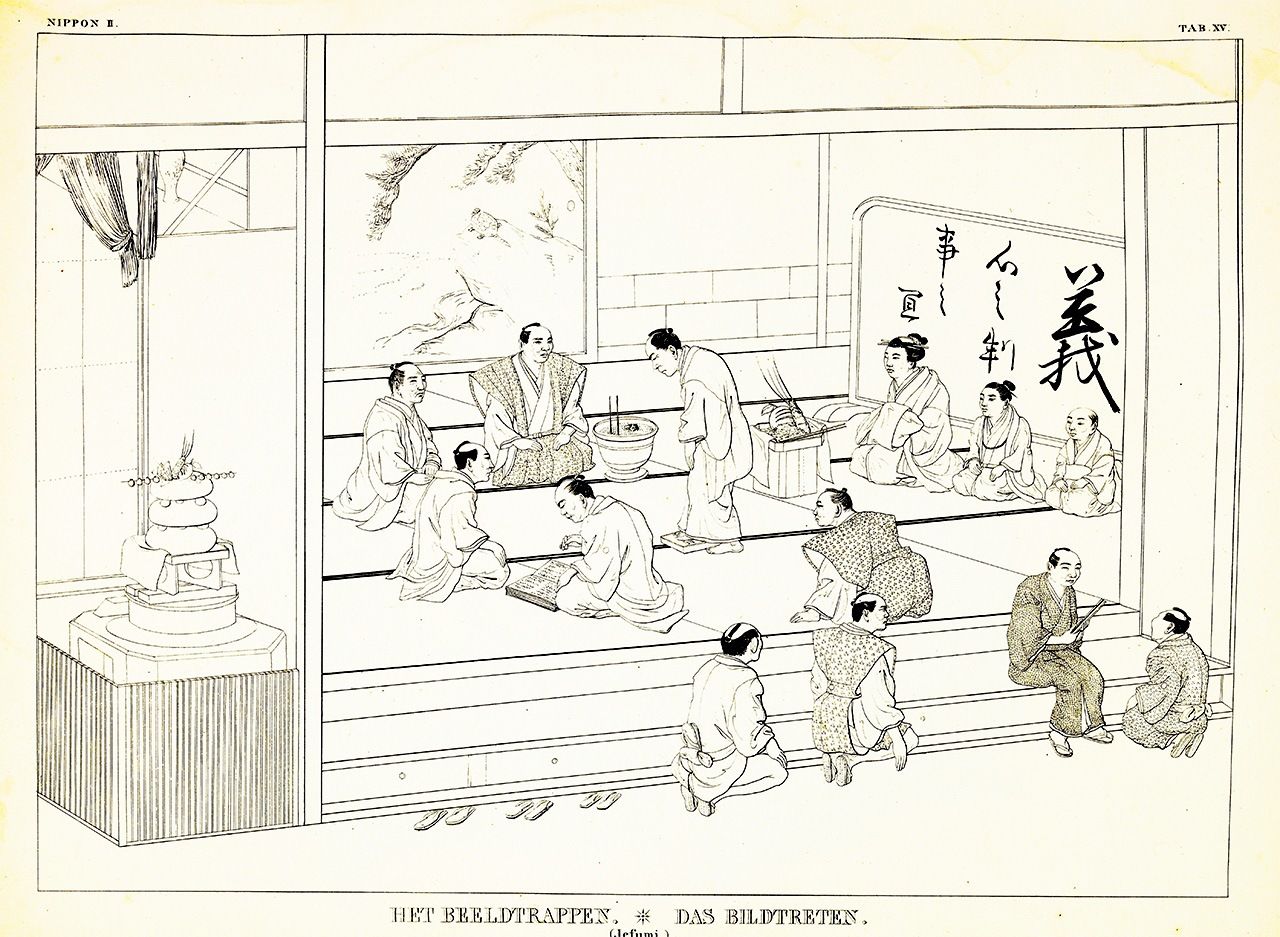
Trampling on a fumie in the Edo period (1603–1868). (Courtesy National Diet Library)
Between 1627 and 1632, the volcanic hot springs of Unzen Jigoku (“Unzen Hell”) became a site of Christian martyrdom. The persecution was instigated by Shimabara’s feudal lord, Matsukura Shigemasa, and sustained by Takenaka Shigeyoshi, who was appointed magistrate of Nagasaki in 1629.
The Christians were coerced into apostasy at the edge of the boiling waters of Unzen Jigoku. Those who refused were stripped, bound hand and foot, and showered with the boiling waters using a ladle.
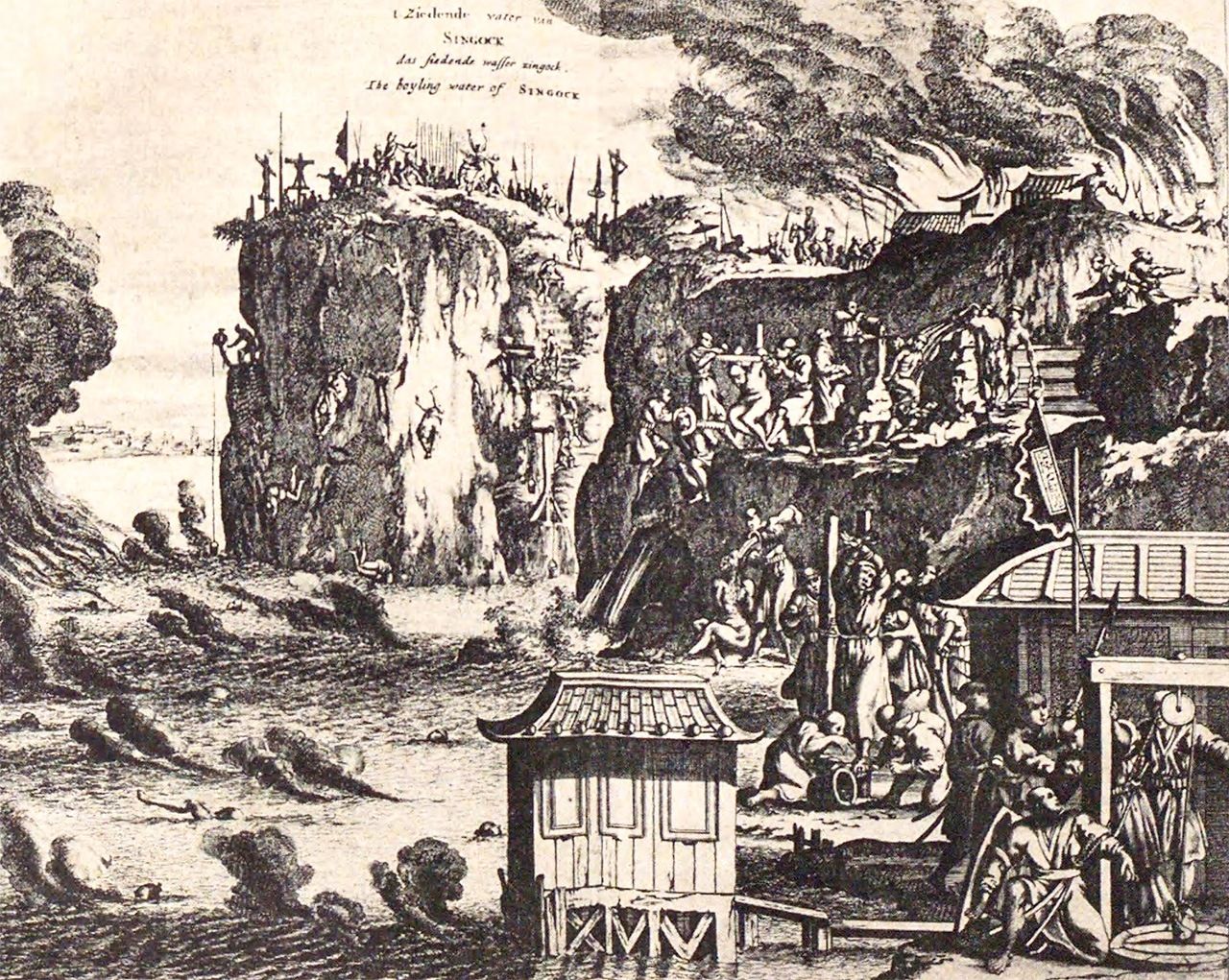
“Martyrdoms at Unzen Jigoku,” an illustration from a history of Japan by Dutch teacher and author Arnoldus Montanus, published in 1669. (Courtesy National Diet Library)
Following the Shimabara Rebellion, Inoue Masashige, lord of Chikugo, was put in charge of suppression of Christians. Unlike his predecessor Takenaka, Inoue successfully coerced many Christians to apostatize using anazuri, his chosen method of torture.
Anazuri, literally “hole hanging,” involved tying victims up and hanging them upside-down in a waste pit. The victims’ blood would collect in their heads, causing pain that gradually intensified, eventually beyond description.
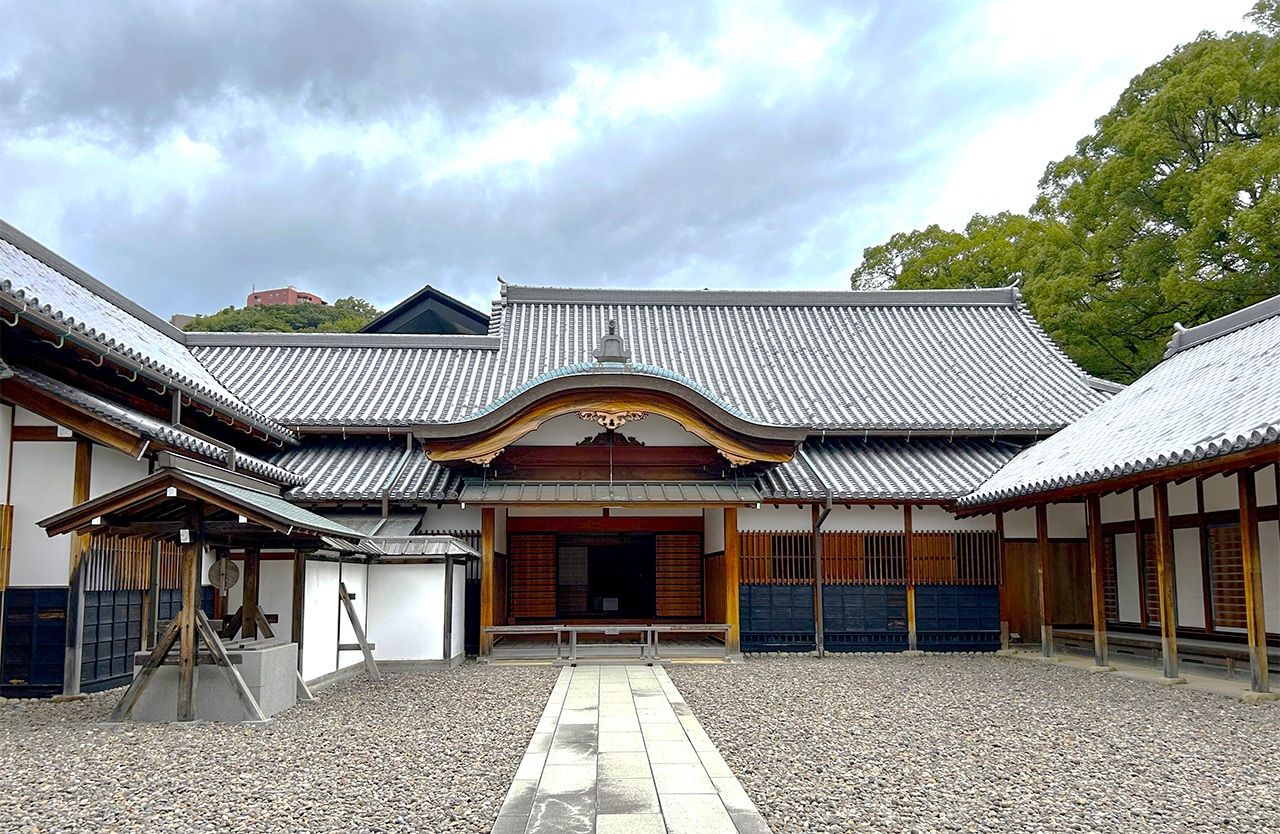
A reconstruction of the Nagasaki Magistrate’s Office on display at Nagasaki Museum of History and Culture. This was the setting for the coercion and torture of Christians. (© Amano Hisaki)
Another method of torture employed was water crucifixion, where believers were tied to wooden posts erected on the seashore. At high tide, the sea rose to chin-height. After a number of days, the prisoners would eventually die from physical and mental exhaustion.
Endō wrote of this method in his book Kirishitan no sato (A Christian Village).
Inoue probably adopted this torture because previous methods inflicted too much pain over a short period, so believers and missionaries might quickly become martyrs and the heroic nature of their deaths would impress onlookers. With anazuri, the suffering continued over a long period. The victims would become confused and writhe like caterpillars, so there was none of the heroic beauty of martyrdom. Inoue had the ability to calculate this kind of psychological effect on believers.
Ironically, Inoue himself had once accepted baptism as a Christian. As a consequence, he was deeply aware of the psychology of believers, and was therefore well-equipped with ideological arguments and other techniques to drive believers to commit apostasy.
A Tour of Unzen Jigoku
I traveled to Unzen Jigoku, taking a local bus from Isahaya Station. Christians caught in Nagasaki were transported here across Tachibana Bay.
Now, the town’s hot springs and boardwalks are filled with leisurely tourists, and there is no sense of the gruesome events that took place.
Along the bus route, I noticed a stop named Mimitori, meaning “ear removal.” Some research confirmed a grisly story was connected to this name. When the 26 martyrs were forced to walk from Kyoto to Nagasaki, they all had their ears cut off at Ichijōmodori Bridge in Kyoto. This seems to have been a means of marking them as criminals in case they tried to escape. It is said that the local villagers later collected the ears and buried them, creating a mimizuka, or “burial mound for severed ears.”
The hot springs at Unzen Onsen were first used over 1,300 years ago. Unzen Jigoku refers to a strip of land covered with white soil that sits between the ancient and the new hot springs. At some points, steam as hot as 120°C spurts from the ground. It truly conjures up images of hell.
My route took me past over 30 such “hells.” Partway, on a hill overlooking the geothermic area, there is a memorial and a cross erected for the 33 Christians martyred here. Occasionally, foreign tourists stop here and pray.
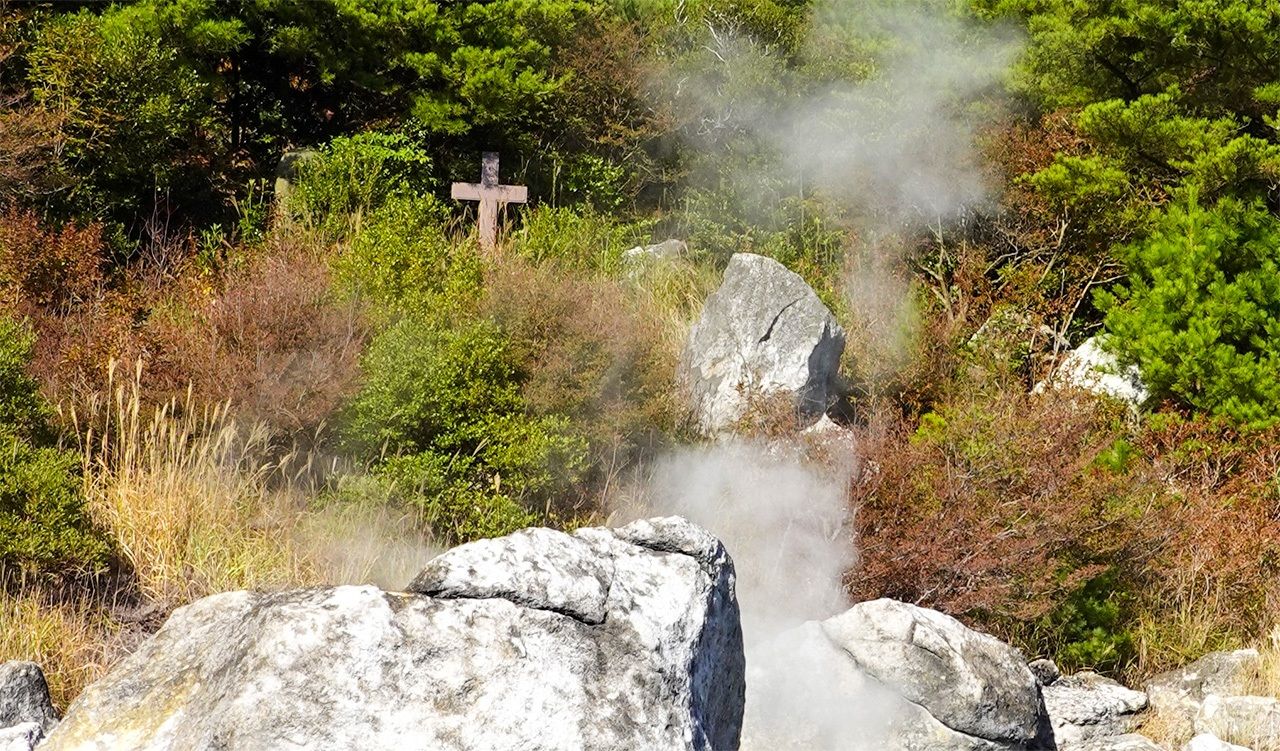
Monument for Christian martyrs, on the hilltop at Unzen Jigoku. (© Amano Hisaki)
A Labor of Love
Shimabara’s feudal lord Matsukura Shigemasa maintained a regime of brutal torture of Christians and of peasants who failed to pay land tax. Unwilling to bear this tyranny, the 16-year-old Christian Amakusa Shirō led a band of devoted peasants in an uprising. They occupied deserted Hara Castle, where they defended themselves against the shogunate army’s onslaught. The Shimabara Rebellion was the largest revolt ever staged on Japanese soil.
In January 2023, a great wooden statue of the Virgin Mary went on display at a facility built on a hill overlooking the castle ruins. It was the 40-year labor of love of the 89-year-old sculptor Oyamatsu Eiji. After visiting Unzen Jigoku, I took local buses to the ruins.
The wooden image of Mary is 10 meters tall. Eyes closed, she appears kind and compassionate, like an image of the goddess Kannon.
What inspired Oyamatsu to carve this statue?
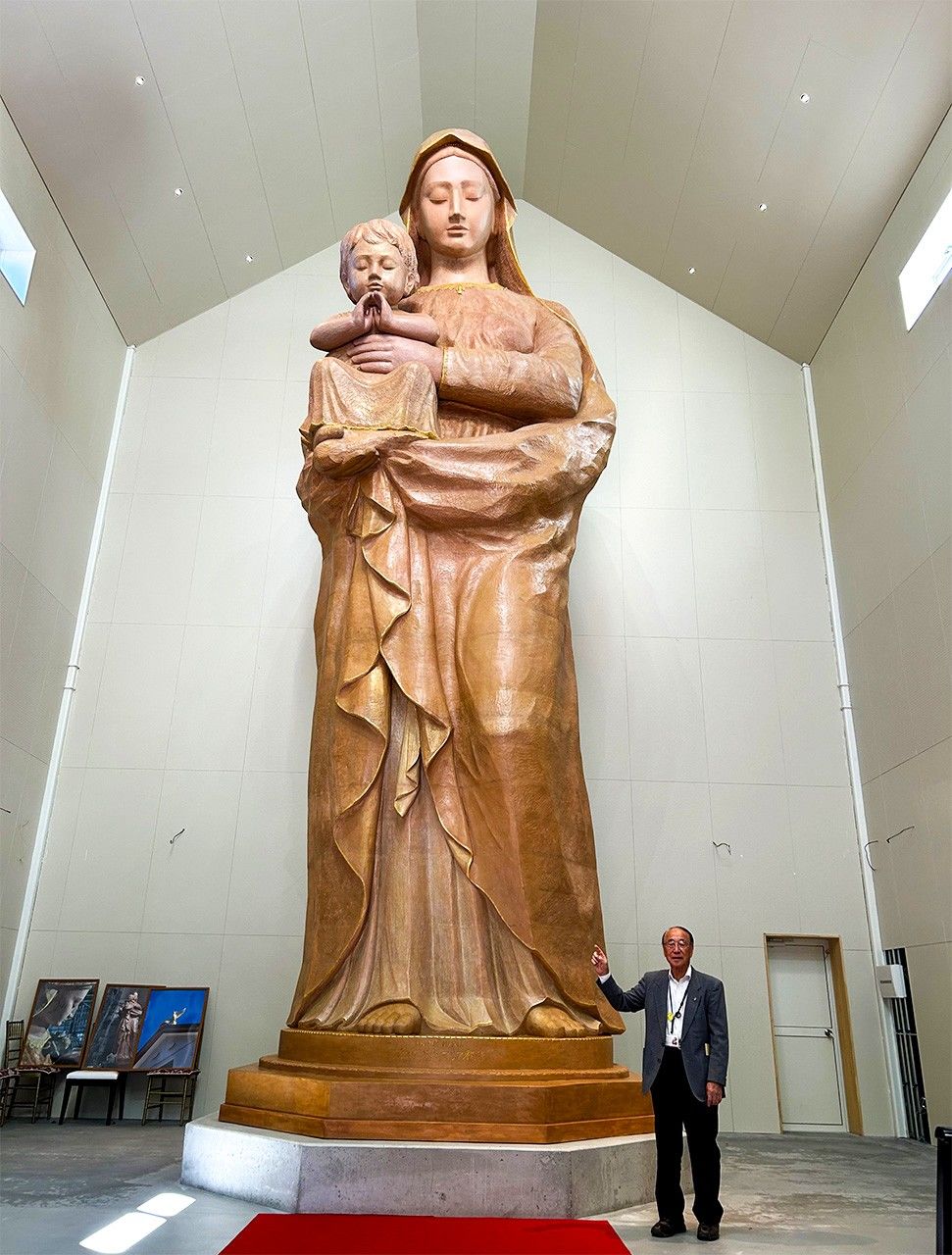
The statue was carved from stacked rings of a camphor tree two to three centuries old. (© Amano Hisaki)
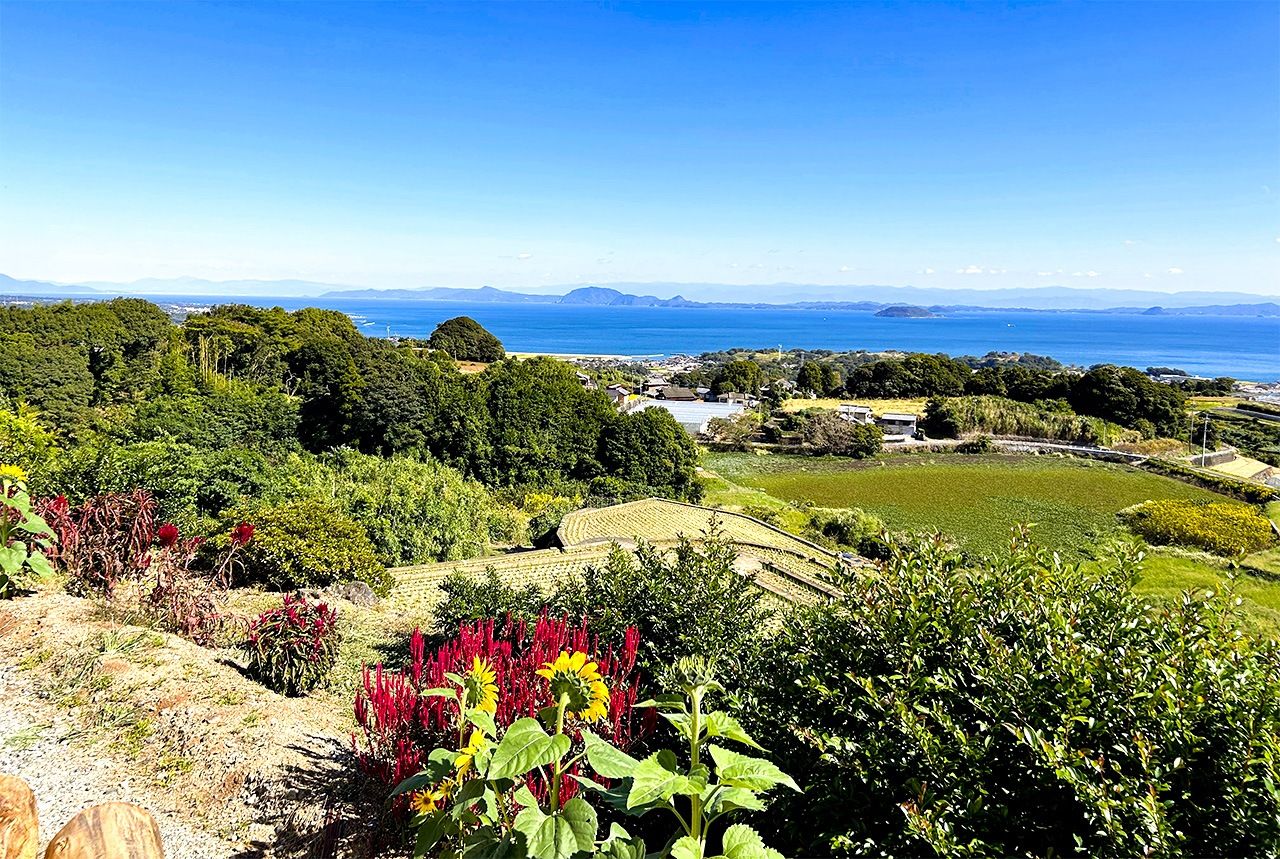
The Ariake Sea and Hara Castle ruins. Sunflowers bloom in the gardens. (© Amano Hisaki)
Oyamatsu is actually based over 1,000 kilometers to the east in Fujisawa, Kanagawa Prefecture. His atelier occupies a structure previously used to store farming equipment for a nearby convent. He took a break from his work to recount episodes from his 40-year effort.
The sculptor was born in 1934 into a farming family on Sado Island, in the Japan Sea. After graduating high school, he became an apprentice to metal caster Sasaki Shōdō, a living national treasure, also from Sado. Later, he entered Tokyo’s Musashino Art School (now, Musashino Art University), majoring in sculpture. He was awarded the nation’s highest honor in fine art, the Prime Minister’s Award, in 2011 at Japan’s largest combined art exhibition, Nitten.
While still in his forties, Oyamatsu resolved to dedicate his life to completing one major work, and a view of the Hara Castle ruins sprang to mind.
The castle was destroyed by the shogun’s army of around 120,000 soldiers when the Shimabara Rebellion was suppressed and 37,000 rebels were annihilated.
On Oyamatsu’s first visit to the site, he was pained to see that there was no facility or memorial for the dead. According to Catholic doctrine, only believers who die without resisting are considered martyrs.
But according to Oyamatsu, “The victims included many women, children, and elderly people, who didn’t put up any resistance. It makes no sense that there was nothing built for the repose of their souls.” As a devout Catholic, Oyamatsu was filled with righteous anger, and set about carving the statue of the Virgin Mary at his own expense. He envisioned creating a Maria Kannon: a statue of the Virgin Mary disguised as a Buddhist Kannon statue, as were used for worship by the hidden believers during the years of Christian prohibition.
Soon after, archaeological excavations around the Hara Castle ruins uncovered a large quantity of human bones. Oyamatsu visited the site and was able to obtain a bone fragment from an official in charge. He hoped to place this into a matchbox in the Virgin’s bosom to remain conscious of the victims during his work.
He recounts that that night in his hotel in Shimabara, his bed shook until dawn and he was beset with hallucinations. “It was as if the innumerable souls at the ruin site were calling upon me to accomplish my task.” With new conviction, he vowed to complete the work.
It proved an arduous commitment alongside his role as the father of three children. But his spirits were buoyed by a blessing he received from the pope.
In 1981, through the offices of the embassy, Oyamatsu gifted a 30-centimeter image of the Virgin Mary he had carved to Pope John Paul II, who visited Nagasaki. He enclosed a letter expressing his desire to carve a statue of the Virgin “for all the anonymous martyrs of Japan.” Later, the pope sent his blessing directly.
Oyamatsu faced some opposition to his intention to include the Buddhist name “Kannon” in his work, but he was adamant.
“Some 4,000 of the shōgun’s troops perished in the fighting at Shimabara, and I wanted to incorporate their memory. I believe that the love of the Virgin Mary transcends creed, good and evil, love and hate.”
Oyamatsu then picked up his chisel and mallet again, and returned to his work.
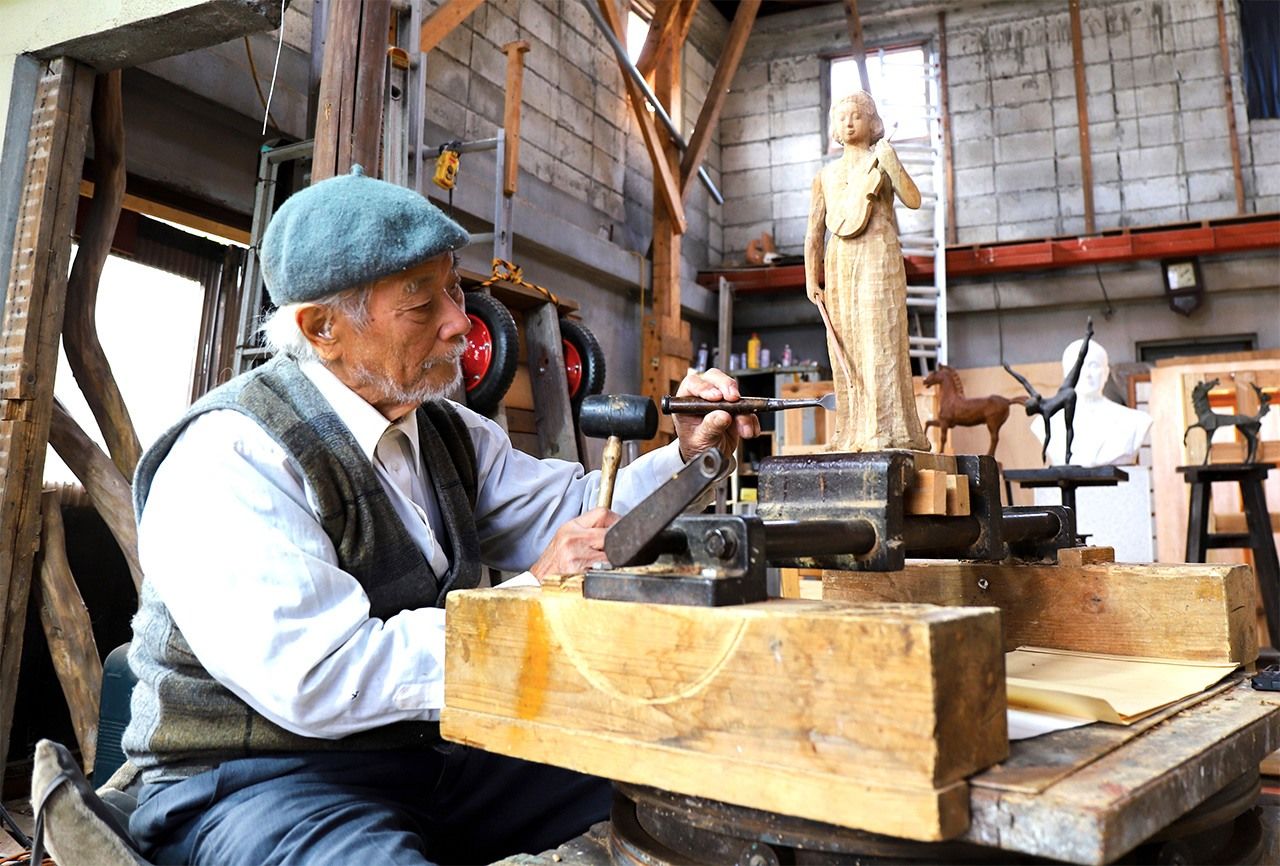
Oyamatsu turns 90 next February. Ever since completing his magnum opus, he continues to produce one new work every month or two. (© Amano Hisaki)
(Originally published in Japanese. Banner photo: Steam rising from Seishichi Jigoku adjacent to National Highway 57, the main road through Unzen Onsen. According to local folklore, hellc12903 erupted at the site where Nagasaki’s hidden Christians were tortured and martyred. © Amano Hisaki.)
